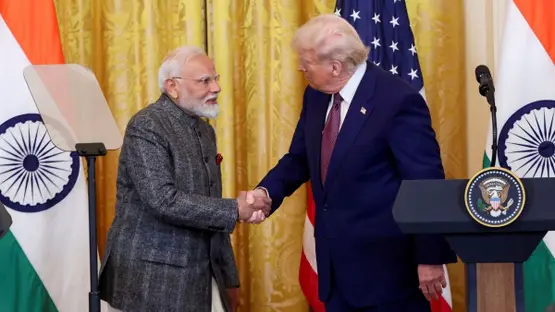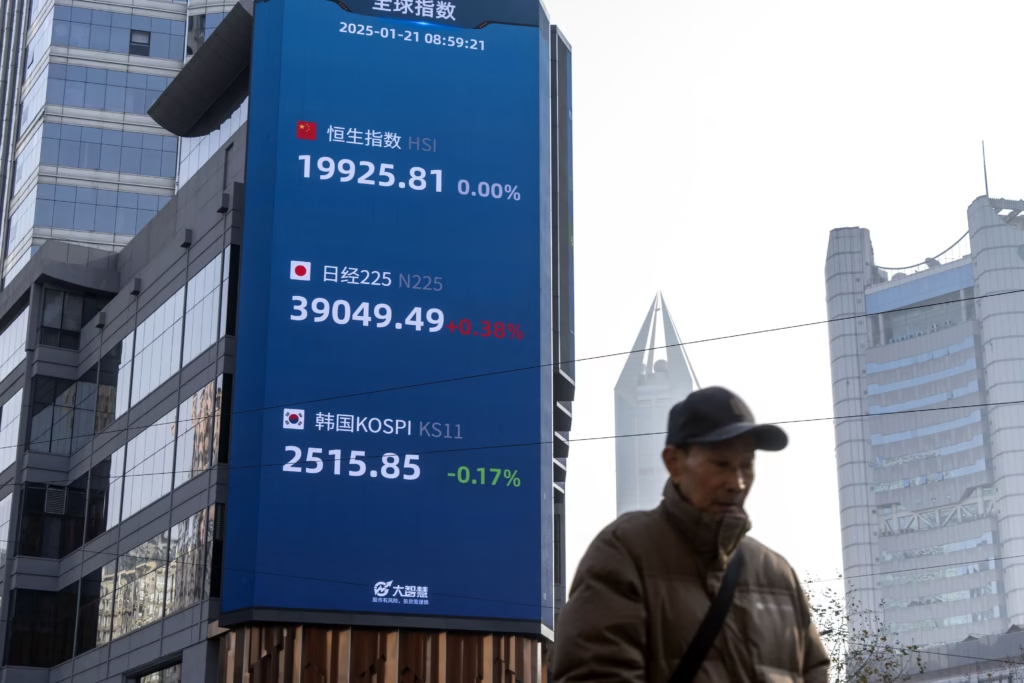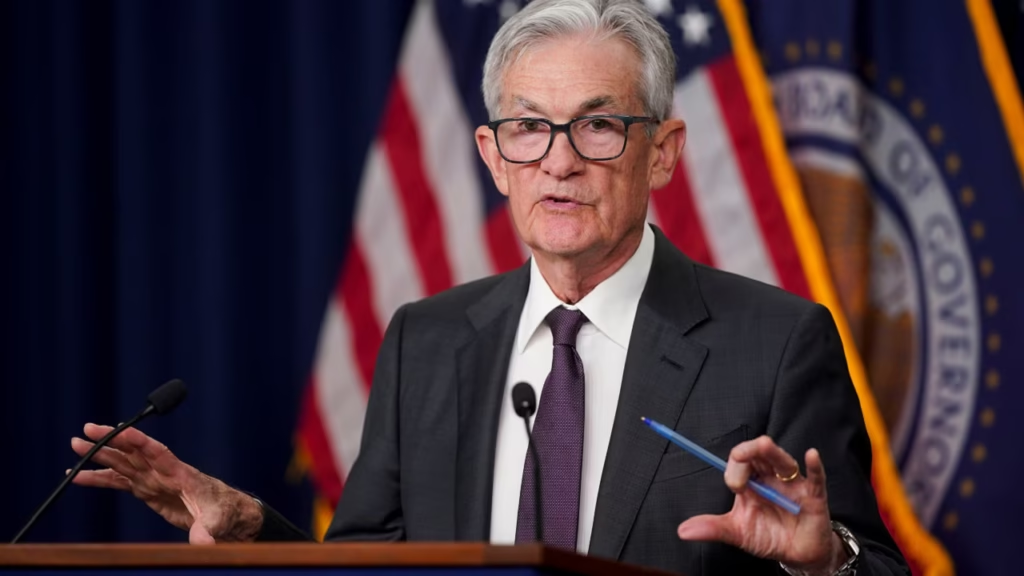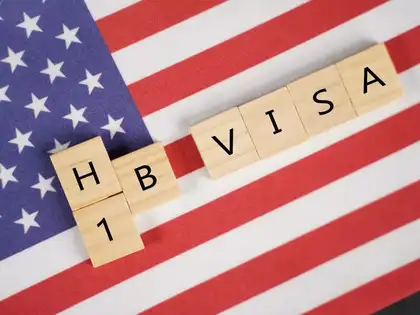Now Reading: Trump’s Tariff Talk Sparks Concern: What It Could Mean for India’s Trade and Oil Imports
-
01
Trump’s Tariff Talk Sparks Concern: What It Could Mean for India’s Trade and Oil Imports
Trump’s Tariff Talk Sparks Concern: What It Could Mean for India’s Trade and Oil Imports

As Donald Trump sharpens his campaign rhetoric ahead of the US elections, his recent remarks about imposing high tariffs on imports have triggered concern across global markets. For India, which maintains a delicate trade balance with the US and continues to import discounted Russian oil, the implications are layered and worth a closer look.
What Trump Said and Why It Matters
The former US President hinted at revisiting trade deals and introducing steep tariffs if he returns to power. While the comments were directed broadly, they revive concerns among trading partners like India, who remember the tariff war during Trump’s previous term. The idea is to push for “America-first” manufacturing, but globally, such protectionist policies tend to strain established supply chains.
India’s Trade Ties with the US
The US is one of India’s largest trading partners, both in goods and services. Sectors like textiles, pharmaceuticals, and IT services could be directly impacted if tariffs make Indian exports less competitive in the American market. At the same time, any dip in bilateral trade could also affect jobs and exports in India’s Tier 2 cities, which contribute significantly to manufacturing and service outsourcing.
The Oil Angle: Why Russia Still Matters
Another layer to this issue is energy. India continues to import oil from Russia—primarily because it’s cheaper, and national interest demands stable energy costs. Trump has previously criticised such decisions, indirectly pointing fingers at countries benefitting from Russian crude while aligning with Western diplomacy. But India has consistently maintained that its energy decisions are based on affordability and stability, not politics.
Domestic Impact: A Balancing Act Ahead
If Trump’s tariff policy returns, India might have to recalibrate certain trade and foreign policy strategies. For example, increased costs on exports could pressure Indian companies, while tighter scrutiny of energy sourcing could lead to renewed diplomatic friction. The challenge will be to maintain economic growth without compromising on geopolitical balance.
Conclusion
Trump’s talk of tariffs isn’t just American campaign noise—it has real, tangible implications for global partners like India. As election season heats up in the US, Indian policymakers and businesses will be watching closely, weighing potential disruptions and preparing for a possible shift in trade dynamics. For India, the next phase may require more agility than ever—both in diplomacy and economics.

























